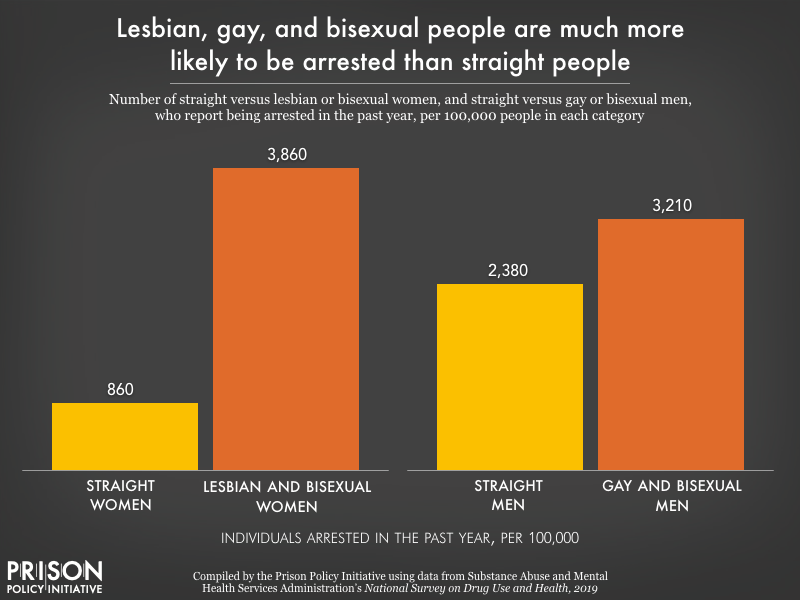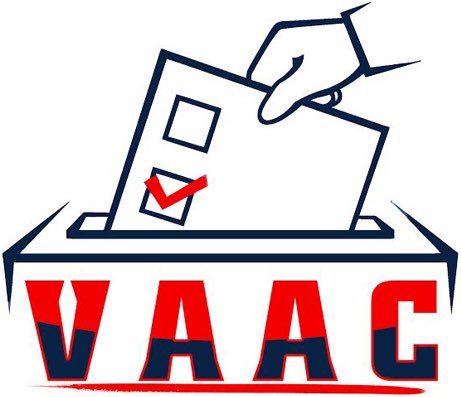This article was originally published by Prison Policy Initiative as “6 facts about the mass incarceration of LGBTQ+ people,” authored by Wanda Bertram
As we’ve reported in the past, LGBTQ+ people are overrepresented throughout the criminal legal system, from their high rates of juvenile justice involvement to the long sentences they often receive as adults. While little government data exists about the over-incarceration of this group, research is slowly emerging that shows how a multitude of forces push LGBTQ people into jails and prisons at highly disproportionate rates. This year, for Pride Month, we gather a few of the most striking facts about the criminalization of queer youth and adults.
- Lesbian, gay, and bisexual people are more than twice as likely to be arrested as straight people — and lesbian and bisexual women, specifically, are more than four times as likely to be arrested as straight women. Scant research exists about the causes of these disparities, but it’s likely that drug law enforcement, laws against sex work, and the criminalization of homelessness are largely to blame.

- 40% of homeless youth are LGBT. Stigma, conflict, or a lack of acceptance at home drive many LGBT youth onto the streets — funneling many of them into the juvenile justice system, where 20% of the population identifies as LGBTQ.
- 35 states have laws against behaviors that can potentially spread HIV. These laws — carryovers from the height of the HIV pandemic — punish people for exposing others to the illness even if no transmission occurs, and can lead to people being criminalized for simply having sex while HIV-positive.
- One in six trans people have been incarcerated at some point, including nearly half of Black trans people. This is compared to about 3% of the total adult U.S. population in 2010 that had ever been in prison, and almost 10% of Black adults.
- 44% of trans people in prison have been denied access to hormones they requested, according to a 2015 national survey by Black & Pink. Denying access to hormone therapy is just one way that prison policies fail trans people, as we reported in a 2017 briefing.
- 85% of LGBTQ incarcerated people have been put in solitary confinement, that same 2015 survey found. This is often done in the name of “protecting” queer individuals behind bars, despite the well-documented, long-lasting harms of solitary confinement.
Readers interested in learning more about the forces driving LGBTQ+ into jails and prisons may also be interested in these recent reports:
- Lambda Legal’s 2022 national survey of 2,546 LGBTQ+ people and their experiences with the criminal legal system;
- Vera and Black & Pink’s new report Advancing Transgender Justice, based on a large-scale survey of transgender people about their experiences in state prisons;
- Our 2022 briefing about transgender respondents to the Survey of Prison Inmates, including five data visualizations about the demographics of this group.
This article was originally published by Prison Policy Initiative as “6 facts about the mass incarceration of LGBTQ+ people,” authored by Wanda Bertram
